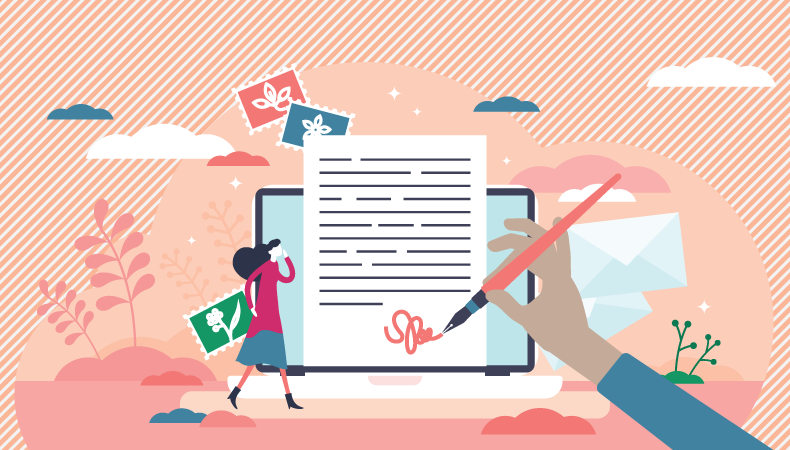In the realm of email communication, the message you convey to your users during the email verification process is of paramount importance. It not only serves as a confirmation step but also plays a crucial role in building trust and engagement. In this comprehensive guide, we will delve deep into the art of crafting effective email verification copy. Whether you're an email marketer or a developer, this guide will empower you to create compelling verification emails that resonate with your audience.
Why is Email Verification Copy Important?
Before we delve into the intricacies of crafting email verification copy, let's understand why it holds such significance:
User Trust: Email verification copy reassures users that they're interacting with a legitimate and trustworthy platform, mitigating concerns about spam or phishing.
User Engagement: Well-crafted verification emails can engage users, encouraging them to complete the verification process promptly.
User Experience: It enhances the overall user experience by providing clear instructions and information about the verification process.
Error Handling: Effective email verification copy can guide users on how to troubleshoot issues and seek assistance when needed.
Key Components of Effective Email Verification Copy
To create compelling email verification copy, it's essential to understand the key components that make up an effective message:
Subject Line: The subject line should be concise and convey the purpose of the email. For example, "Please Verify Your Email Address."
Friendly Greeting: Start with a warm and friendly greeting. A simple "Hello [User's Name]" can make the message more personal.
Clear Instructions: Provide step-by-step instructions on how to complete the verification process. Use clear and straightforward language.
Verification Link: Include a prominent call-to-action button or link that takes users directly to the verification page. Make sure it's easily clickable on both desktop and mobile devices.
Benefits of Verification: Briefly explain the benefits of completing the verification, such as enhanced security or access to exclusive features.
Contact Information: Offer contact information or a support link in case users encounter issues or have questions.
Legal and Privacy Information: Include links to your privacy policy and terms of service for transparency.
Closing Message: End the email with a warm closing message, such as "Thank you for choosing us."
Best Practices for Crafting Email Verification Copy
Now that we've outlined the components let's explore some best practices to help you craft compelling email verification copy:
Personalization: Whenever possible, use the recipient's name to make the message more personal.
Conciseness: Keep the email concise and to the point. Avoid lengthy paragraphs or unnecessary information.
Visual Appeal: Use a clean and visually appealing email template that aligns with your brand's identity.
Mobile Responsiveness: Ensure that the email and verification link are easily accessible and functional on mobile devices.
Testing: Thoroughly test the email on various email clients to ensure it displays correctly.
A/B Testing: Consider conducting A/B tests to determine which email copy and design result in higher conversion rates.
Follow-up Messages: Send a follow-up email if the user doesn't verify their email within a reasonable timeframe.
Real-World Examples of Email Verification Copy
Let's take a look at some real-world examples of effective email verification copy:
Google: "To get started, click the button below. Verify Email Address"
Dropbox: "Just one more step to get started with Dropbox. Verify your email address."
Pinterest: "Welcome to Pinterest. To complete your registration, you need to confirm your email address."
These examples showcase how major platforms use concise language and clear calls to action to encourage email verification.
Frequently Asked Questions
Q1: How can I make my email verification copy more engaging?
A1: Personalize the message, use a friendly tone, and highlight the benefits of verification.
Q2: What should I do if users don't verify their email after receiving the message?
A2: Send a follow-up email reminder to prompt users to complete the verification process.
Q3: Is it essential to include legal and privacy information in the email?
A3: Yes, it adds transparency and builds trust with users. Including links to your privacy policy and terms of service is a good practice.
Conclusion
Crafting effective email verification copy is a vital component of user trust, engagement, and overall experience. By following best practices, personalizing your messages, and learning from real-world examples, you can create email verification copy that not only serves its functional purpose but also resonates with your users and builds trust in your platform.



